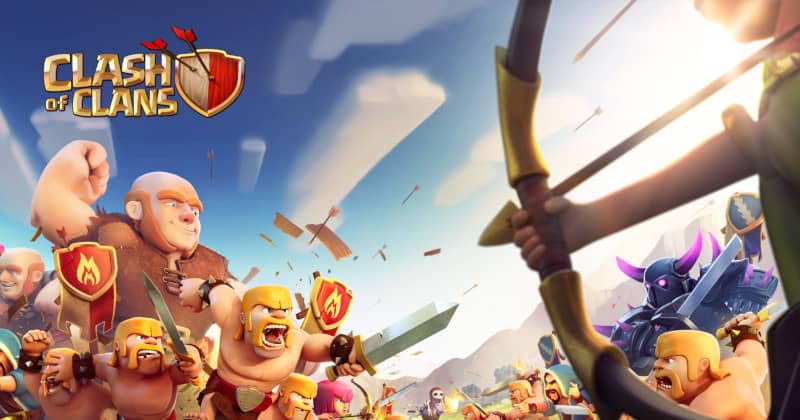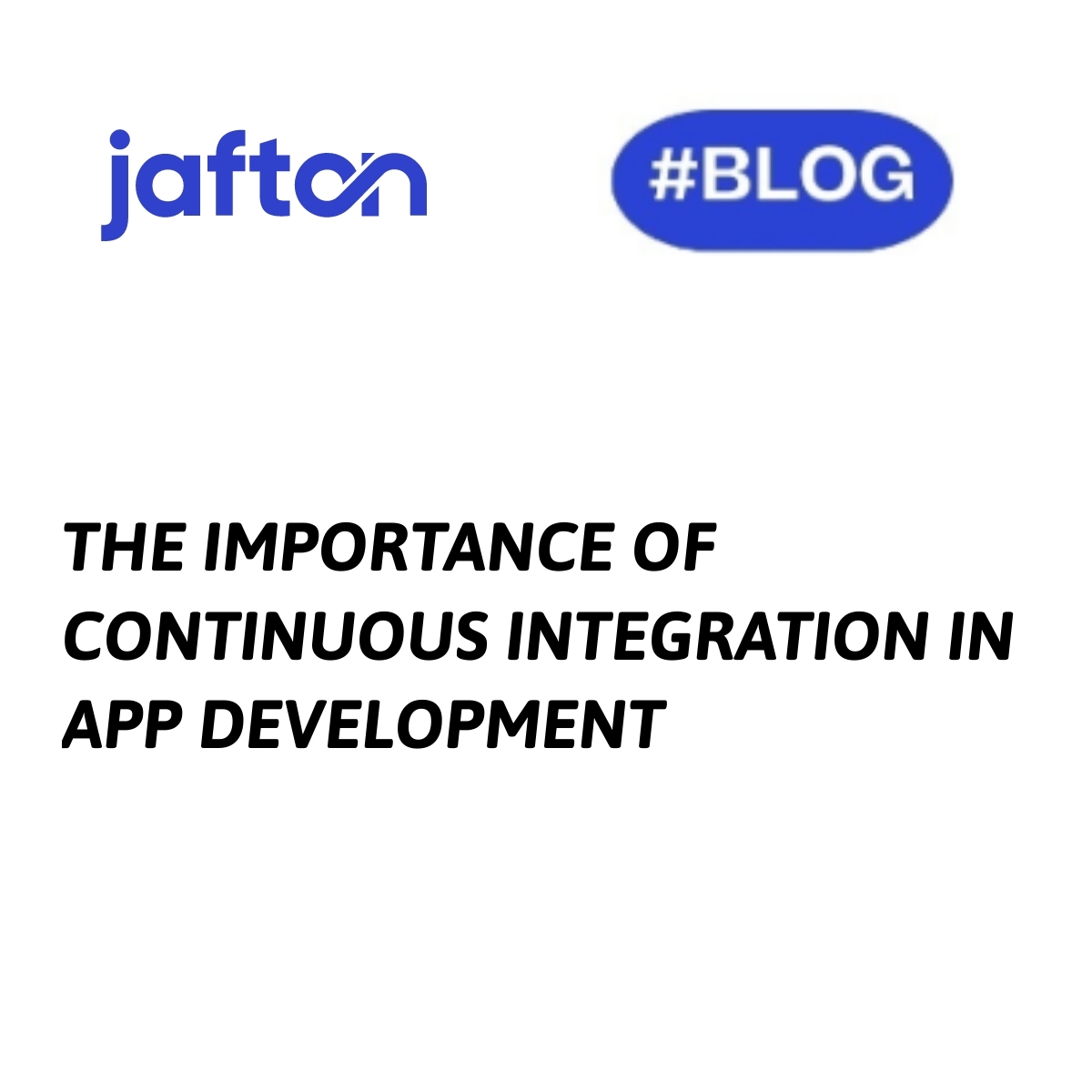Hardware Monetization Through Software
A new way of hardware monetization

We are all well aware of the way hardware is sold: release a product, find a customer and sell it to him. So the inventor earned only 1 time - at the time of the sale of his products and when the client returned to him.
The problem is best seen in the example of cars. The customer buys the desired car model from the car dealer, makes the payment and the transaction is over. Perhaps the driver will return in a couple of years to change the car, Joe Girard wrote about this in his book of the same name “How to Sell Anything to Anybody.” The author insisted that it was necessary to keep in touch with the client throughout the time, and “anchor” them on the company so that they would come back again and again. Joe claims that repeat purchases were one of the main reasons why he managed to enter the Guinness Book of Records as the greatest seller in the world.
Another famous author Carl Sewell in the book “Customers for Life: How to Turn that One-time Buyer Into a Lifetime Customer.” argues that attracting a new customer is much more expensive and harder than making the current customer make a repeat purchase.
From all of the above, the following conclusion can be drawn: the more often and for longer people buy from you, the less you spend on attracting a client and the higher the profit from each of them.
And how to get customers to buy from you more often and for longer if you are a hardware seller? We will talk about this innovative approach in this article
How do modern products make us buy constantly?
Can you think of any product except food that you buy permanently? Examples of so can be Spotify, Steam, and some fitness apps that help you get into shape.
To use these software, you have to buy a monthly subscription. They are inexpensive, just a couple of dollars, you won't even notice them in the expense column. However, companies earn billions every month just because millions of people around the world continue to listen to music, download games, or work out in the gym.
For example, Spotify Technology's revenue for 2022 is $11.4B. It's worth mentioning that a monthly subscription costs only $9.99 and the first month is free.
Even with such a purchase price, the company was able to grow to $12 billion. Isn't that impressive?
The numbers speak for themselves: even if a client spends little to buy from you, but does it every month, your company can not only exist but also grow into a multibillion-dollar company within a few years.

History of software selling on the example of Fortnite, CS GO, Clash of Clans
Fortnite and CS GO
But even before the birth of such giants as Spotify, iCloud, and Google Drive, a brilliant idea came to the heads of the game creators: you can make games for free, but sell in-game items for a small fee.
So did the giants Fortnite and CS GO. You don't have to pay to play. Download to any device and enter the virtual world of cool shooters, guns, confrontations, team plays, and missions. If you wish, you can also buy funny skins for your hero or weapons for a small fee.
People spend hours in these games. They seem to live in two realities and therefore make purchases in games. And companies earn money for it.
Clash of Clans

The Clash of Clans was released back in 2012-2013. Also a free game that is available on all platforms, including PC. It provides boosters for construction, an internal bill in the form of diamonds, as well as skins for heroes. All this you can buy for a small cost of a few dollars.
Statista writes: “Although the game is free to download, players can purchase gems, the in-game currency, to advance their villages and acquire special items. In-app revenue within the game peaked at a cumulative 1.32 billion U.S. dollars in 2015. By the first eight months of 2022, this figure declined to a still impressive 284.9 million U.S. dollars.”
How to sell more if your product is a one-time purchase. In the example of Tesla, Oura Ring, and Amazon
Selling hardware is to some extent a one-time purchase. If you want to build a computer, you will not pay every month for its components. Usually, it takes years before a person decides to update the details and returns to the store again.
So, the gap between the first purchase and the next one can be from a week to years.
But how do you make sure that your customers bring you money every month? The answer is a subscription.
You can still sell your hardware as a main product but the real income will be from the software you put in, and from the subscription fee your client pays to have an excess to all the features of the product. Looking ahead, it's worth mentioning that often the profit from hardware can be several times less than from subscription sales.
How Tesla Monetizes Hardware?

What is the Tesla product? Electric cars. But did you know that the company also sells software subscriptions for its cars? And they do it very successfully.
After buying one of the models of these Electric Cars from Elon Musk, you are invited to purchase a subscription, which opens up opportunities for at least:
- Languages
There are 10 languages to choose from in the software update. - Tesla Theater
As you know, Tesla has a built—in car application - Tesla Theater, which allows you to use services such as Youtube and Netflix. The new software has expanded the number of available platforms and now car owners can also watch Disney. - Autopilot
The subscription also opens up opportunities for you to use the famous Tesla autopilot.
But the best part of this story is that all updates come to you wirelessly and completely free of charge.
Amazon

Another great example of hardware monetization through software is Kindle by Amazon. Kindle is a tablet for reading books. A very convenient mobile device that you can take with you on a trip or on vacation. Your library is always in your backpack.
The cost of such a device is slightly more than $100 (at the moment of publication). This is not a big fee and is quite cost-effective for the average resident of the States. But the company receives the main profit not from the sale of the device, but from the sale of subscriptions. A monthly subscription allows you to read any book to choose from among the millions available in the app. And the cost of such a subscription is $9.99 per month(at the moment of publication).
How long do you think the client will read books on Kindle? Even if they read for only 5 years, which is equivalent to 60 months, during this time he will bring about $600 to the company just for a subscription. And this is without taking into account the purchase of the device and its new versions.
Isn't that amazing? A small fee stretched over several years can increase your income by 6 times!
Oura Ring

The last example in our list is Our Ring. The company produces high-tech rings that help you monitor your health and stress levels, and most importantly, the device helps you monitor your sleep.
The cost of the ring starts at $300(at the moment of publication) and can reach up to several thousand for an exclusive design. But again, this is not the main way to earn money. Oura has a monthly subscription of $5.99(at the moment of publication), which allows you to receive complete statistics on your health status, advice on improving sleep, and even notifications when it's time for you to go to bed.
It is worth noting that Oura's valuation in May 2021 was $800M
Summary
The days when you could sell hardware exclusively and build a successful company on it are long gone. Now, for your product to have more value and bring a stable and higher income, respectively, you must connect software at some level.
Excellent examples of integration are Tesla, Oura Ring, and Kindle by Amazon, which sells hardware at a not-so-high price, but allow users to “upgrade” their product through the purchase of a monthly subscription. This is how the value of the product grows, customers are satisfied with the available opportunities, and the company earns many times more and grows even faster.
Interested in our app development services? Tell us about your project!
- Schedule a call
- We do a discovery and consultation meeting
- We prepare a proposal







